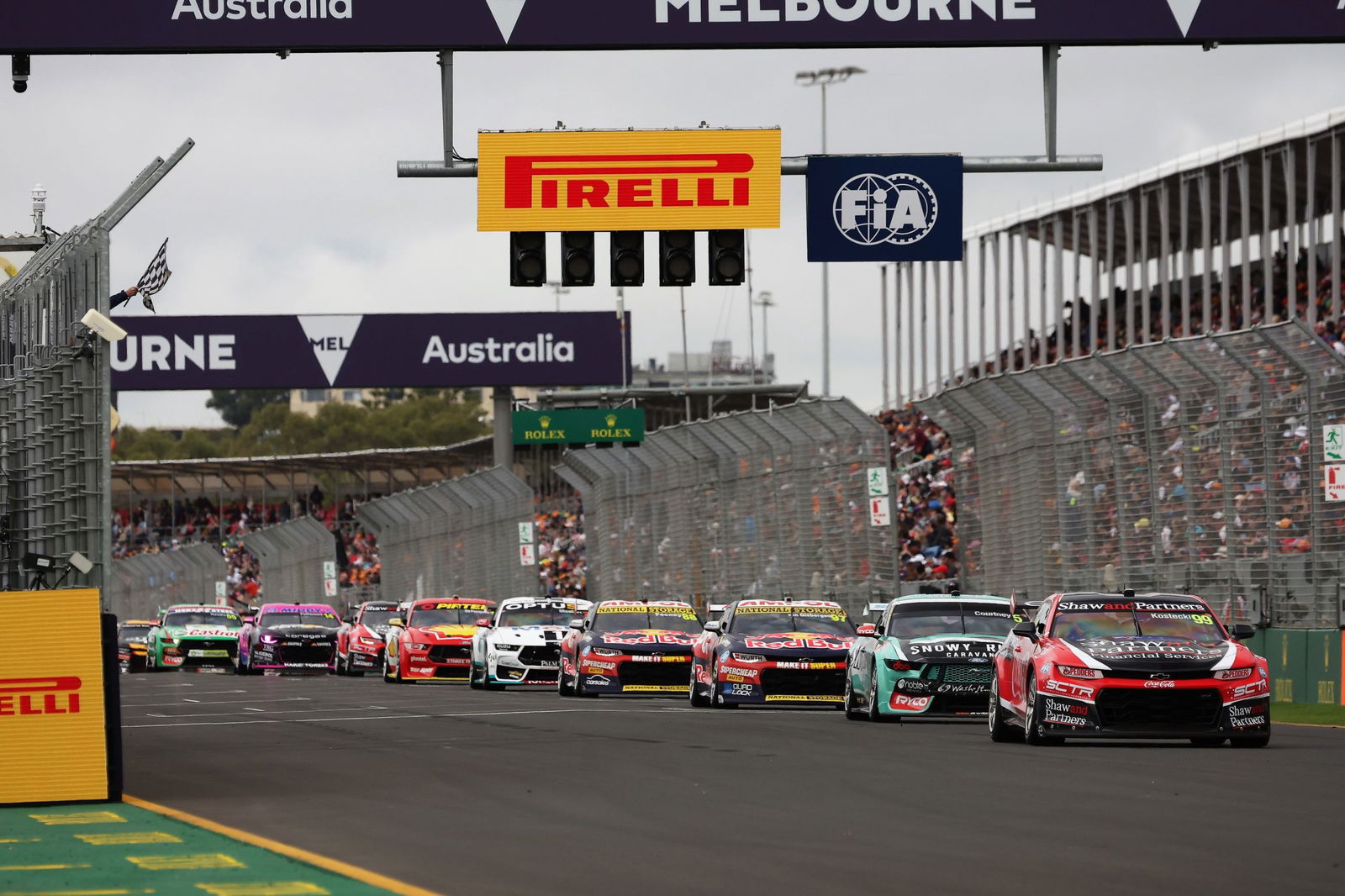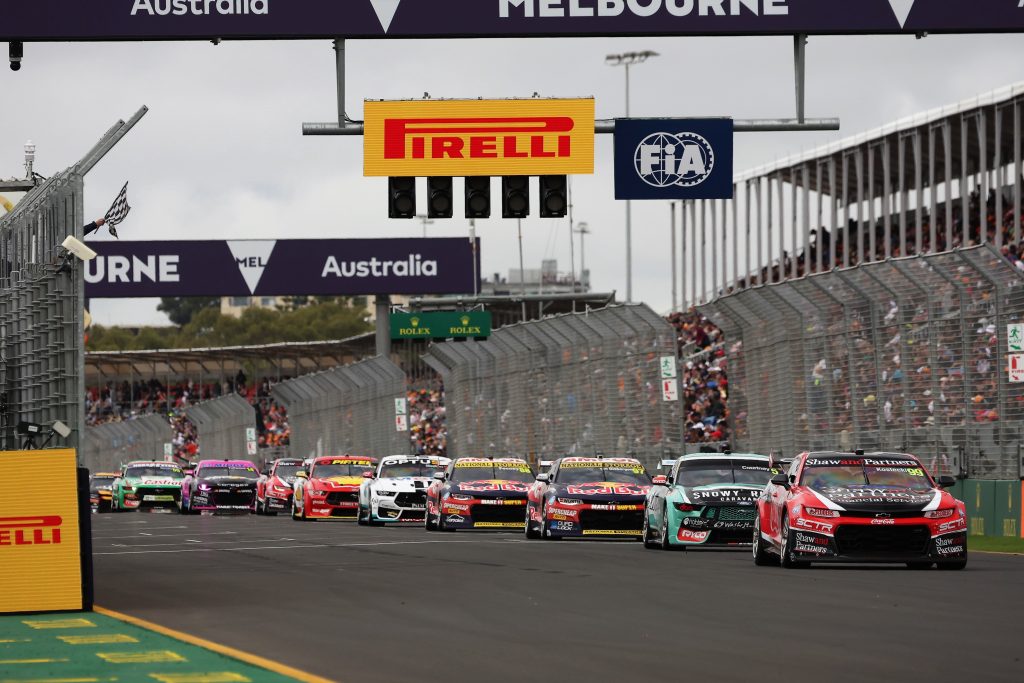

Albert Park will play host to Round 3 of the World Championship and Event 2 of the Repco Supercars Championship from this Thursday, although the headline act is not on-track until its opening practice session takes place on Friday.
That F1 is the ‘headline act’ at the AGP is indisputable, and always has been, but there are now question marks over the ongoing presence of the homegrown touring car category.
Supercars was arguably the fourth-string offering in 2023 and an even stronger case for that comment could be made this year, based on what one might choose to infer from scheduling and paddock allocation.
Previously, the V8s had been the clear drawcard after F1 itself, a point which became apparent when they skipped the 2007 AGP.
That absence was ostensibly due to the surprise scheduling of the F1 season-opener just a week before Supercars teams were racing at Perth’s Wanneroo Raceway.
However, it also served to highlight what the AGP was missing – for the first and, thus far, only time in its world championship era in the Victorian capital – and, sure enough, Australia’s premier motor racing category was restored to the undercard in 2008.
After threats of upping stumps – for reasons other than the logistics of a transcontinental dash – Supercars was ultimately given its wish of championship points-paying status at Albert Park in 2018, once Liberty Media bought F1.
Considering Carrera Cup and the Australian GT Championship had been granted the right to race for championship points during the Bernie Ecclestone era, the ‘threat’ of upstaging F1 at its own event – as had happened to Champ Car on the Gold Coast – was apparent.
Last year, though, the Supercars action was shoehorned between not only F1 sessions, but also those of the FIA Formula 2 and Formula 3 Championships, which made their Australian debut.
This year, it has even been ousted from the second pit lane at Albert Park which was built especially for Supercars teams, with F2 taking over those ‘garages’.
Instead, teams will operate from infield paddock marquees – in full support category mode – but with the added inconvenience of transporters being located in the outfield, despite efforts to at least address that pain point.
Furthermore, there will be no general admission access to the Supercars paddock, whereas accessibility – as compared to the relatively exclusive F1 paddock – had once been one of the great appeals of racing at Albert Park.
Meanwhile, the popularity of F1 has boomed in recent years, with the success of Drive To Survive cited as the key reason, although enhanced social media and a push to innovate the entertainment offering must also have contributed.
The Australian Grand Prix Corporation – and, by extension, the Victorian taxpayer – has certainly benefited, with race day sellouts becoming the norm since the return of the event to the calendar in 2022, despite the pent-up demand of the pandemic years having had time to peter out.
By way of contrast, there are still two-for-one offers on Thursday tickets – when F1 is not on-track but Supercars is – right now.
Nevertheless, AGPC CEO Travis Auld says there is support even from F1 teams for the V8s to race at Albert Park and contribute to the unique flavour that is the Melbourne leg of the calendar.
“When I went and met some of the [F1] teams and team principals, they made it clear that they love the V8s,” he told SEN.
“They love each of the categories and the role they play in the event. That makes it very Melbourne, very Australian.”
So, we want to know why you are watching the Formula 1 Rolex Australian Grand Prix, either at Albert Park or on television?
Are you interested in F1 only, just want your Supercars fix, or are you keen to take in the best of what both global and Aussie motorsport has to offer?
Cast your vote below in this week’s Pirtek Poll.


















Discussion about this post